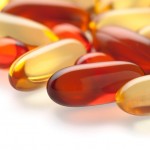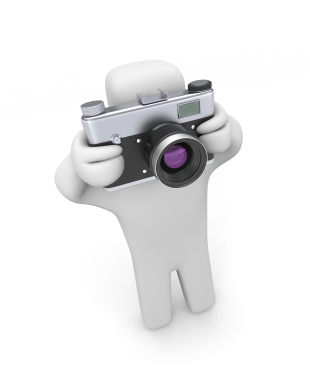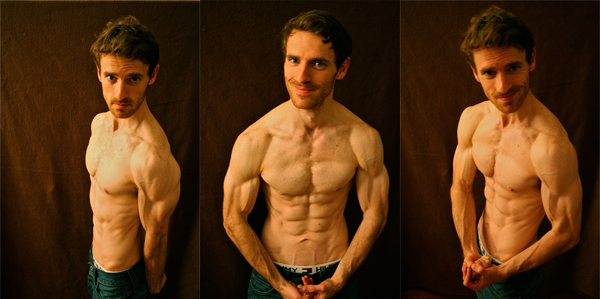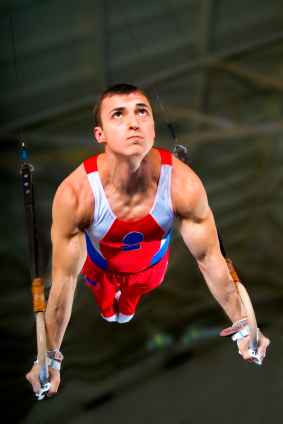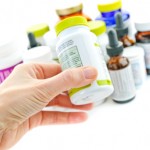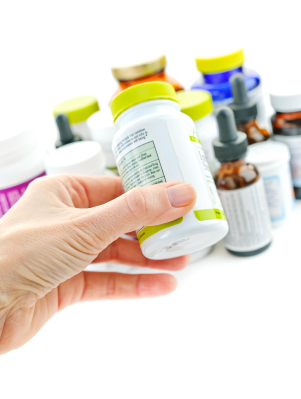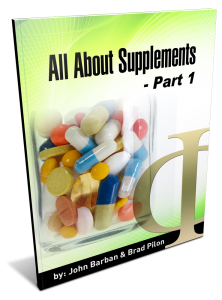Here’s the second part of this month’s UNCENSORED Podcasts Season 2.
The topic?
Supplements.
Here’s what you discovered in the first part (link to the 1st part here):
- What a supplement is, how the industry got started, and what it has evolved into
- What is the definition of supplements in various countries and why it matters
- How important supplements are
- What’s the lifecycle of a supplement product
- How the process of putting new supplements on the market works
- How come government regulators have no control of what’s on the market
- What ingredients are added into supplements are useless and serve just as marketing
“Will These Supplements Help Me?”
Often times guys on the Internet and in our community ask us “What supplements should I take?” or “Will this supplement help me?”.
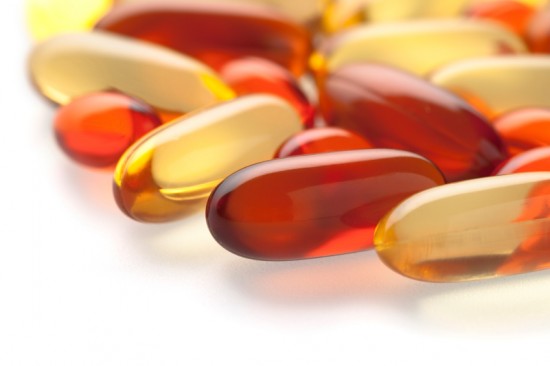
Should you take those? Are they worth the money? How will you track the results? Or will you just go by the “feeling”?
The issue is that it’s impossible to answer those type of questions.
If you want an accurate answer that can actually help you (not the generic crap found on the web) with your fitness goals, you need to get clear on what is it you really want and what do you expect out of the supplements.
Another thing that will determine what supplements to use and how much of it we will recommend you taking is your budget, how much money can you spend on supplements? 50 bucks? Or 1000 bucks? That’s a pretty big difference. Somebody who is a sponsored athlete or works in a supplement lab will have different options than a college student.
For example a question “Will this product give me the body I want?”or “Can this product do what I want it to do?” is way better and gets to the point of what you really expect from it.
But even those two questions aren’t perfect, when you start thinking about it, you’ll soon find out that it’s not that easy to figure out the right question (after you listen to the podcast, try to come up with a good one and share it in the community so others can comment on it).
This is just one way of looking at it, another way would be to take a different approach and actually set your goals first and then try to match the right product to that desired outcome.
However, in this case you will find a pretty nasty barrier.
And that’s the fact that supplements contain a lot of ingredient that will have absolutely zero effect on your body.
When you look into each product you will see a bunch of stuff you have never heard about, but almost always there will be one big ingredient that’s usually responsible for all the results. In many cases it will be creatine, or caffeine, depends on the supplement.
Why is that?
Well, the top selling supplements are exactly the same as ten years ago and they will most likely be same as the best selling supplements ten years from now.
There is just a couple of items that are packaged in a thousand different ways.
The product isn’t what’s different, they are roughly the same, it’s the marketing around it that makes all the difference.
Supplement companies fight a difficult challenge and that’s pointing out the ingredient.
Nobody gets excited about plain Creatine monohydrate anymore, simply because it’s been around a while. So, they have to sell some “enhanced version” of creatine to pump up the sales.
It has nothing to do with finding some new amazing and proven ingredient that nobody has ever heard about and adding it to the current product, it’s just a simple desire to sell more products.
Today John Barban and Brad Pilon will reveal more information about the supplement industry and also coach you on how to ask the right question and how to find supplements that will help you with:
a) Building Muscle
b) Losing Fat
d) Boosting Energy
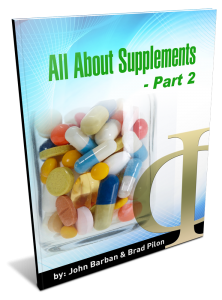
- How to approach weight loss supplements and what do they really help with (hint: they are not burning your belly fat)
- What are the realistic expectations for using the supplements that are on the market
- What supplements companies
areshould be trustworthy (bigger or smaller? Why??) - How the Natural Standards Database (you have access to it in the immersion account through cockpit) can help you pick supplements
- Step by step how to intelligently choose and test supplements
- What side effects really are and how it applies to you when you take supplements (or drugs)
- Pilon’s sneaky techniques he used to sell supplements in the past
IMMERSION Clients May Login and Download Podcast Here
Not an Adonis Index IMMERSION client? Click here to find out more… and hear a weird story too
